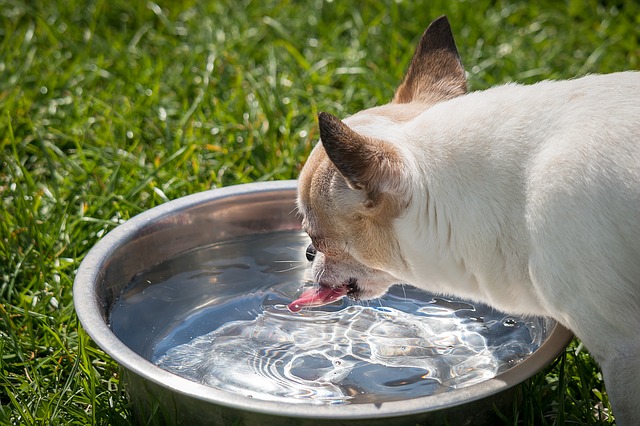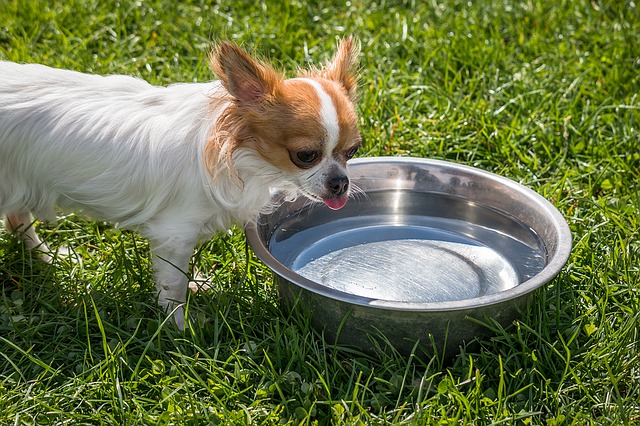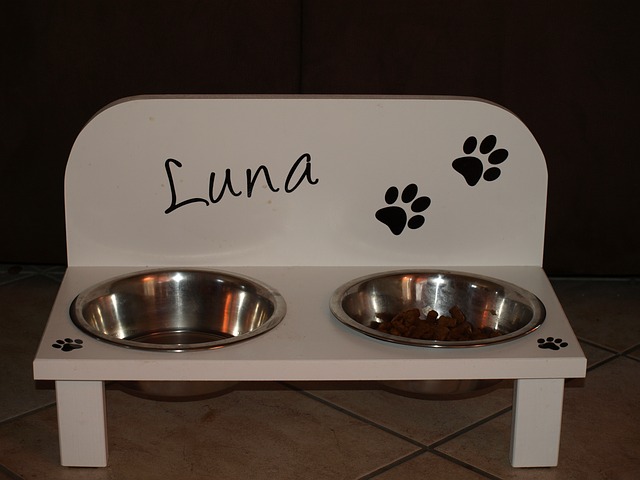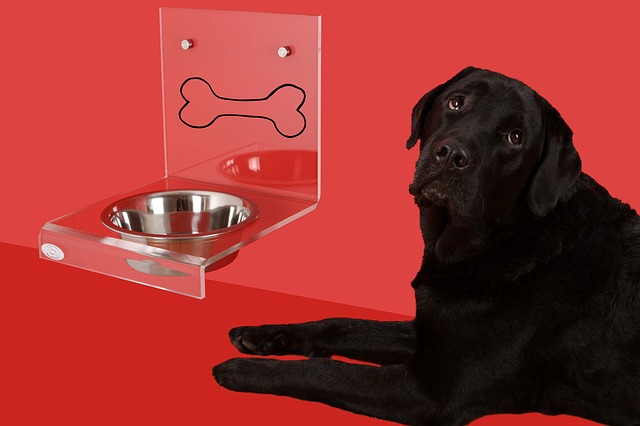Did you know that your dog’s water bowl could make him sick? There are actually several different ways you could be putting your dog’s health at risk with his water bowl. From the material the bowl is made from to how often you wash it, there are a lot of different ways your dog’s water bowl can affect his health. Here’s how.

Infrequent washing
If you’re like most dog owners, you just rinse and refill your dog’s water bowl once a day. After all, it’s just water. The problem is that water can harbor all sorts of pathogens. If you aren’t sanitizing the bowl every day, you’re opening your dog to the possibility of infection from things like yeast, mold, Salmonella, and E. coli. You should really have an extra set of bowls. That way, one set is always being washed, sanitized, and air-dried or going through a cycle in the dishwasher.
Dog bowl material matters
The water bowl itself could also be making your dog sick. It’s more important than you realize to choose the right bowl for your dog. Here’s what you need to know about dog bowl materials.

Plastic
Plastic is the worst possible material a dog bowl could be made from. Why? Two reasons.
Plastic scratches easily, and these scratches make great places for bacteria and other pathogens to cling to and reproduce. This increases the odds of your dog becoming sick. These scratches are harder to get clean than you would expect, so even regular sanitizing can’t guarantee your dog’s health.
Secondly, plastic tends to release a variety of chemicals. Have you heard all the fuss about BPA in containers that hold food or water for humans, especially babies? BPA stands for Bisphenol A, a synthetic estrogen commonly found in plastic products that has been linked to problems with reproductive issues, impaired brain function, cancer, cardiovascular system damage, diabetes, early puberty, obesity, and resistance to chemotherapy in humans. It isn’t difficult to imagine that our beloved fur children could be harmed by BPA as well.
In addition to BPA, plastic contains other chemicals that can leach into your dog’s water and make him sick. While you can reduce the odds of harming your dog by finding dog bowls that are certified as being free of BPA and phthalates, you’re better off avoiding plastic bowls altogether.

Ceramic
You probably already know about the dangers of ingesting lead. Every once in a while there are stories of children becoming ill from lead poisoning after chewing on toys made in China or elsewhere that were contaminated with lead. Did you know that there is lead in ceramic glazes? While some pottery is fired at temperatures high enough to prevent the lead from leaching into the water or food in the bowl, the slightest scratch or other damage can cause lead to get into the water anyway. Lead poisoning is difficult and expensive to treat. Therefore, you should regularly check for chips and cracks and discontinue use if you spot any. If you insist on buying ceramic bowls for your dogs, stick to ones made in the USA (after 1971 – don’t use heirloom china) that are certified for food use and made from either porcelain or stoneware.
Aluminum
Aluminum is not commonly used in dog bowls, and for good reason – aluminum can leach into food and cause cognitive dysfunction and bone damage. If aluminum is used in pots and pans for human use, it’s supposed to be anodized. Anodized aluminum is thought to reduce the risk, but there is some debate about how effective this is. If you happen to have aluminum dog bowls, you should probably stop using them.

Glass
While glass dog bowls are uncommon, many people choose to use their own bowls to give their dogs food and water, and glass can be a convenient option. As long as it isn’t cracked or chipped, glass is perfectly safe for dogs. The problem with glass is that it’s easily broken, and even a tiny chip or crack can injure your dog’s tongue if he licks it. Use glass bowls with caution.
Stainless steel
Stainless steel is the safest option for dog bowls. It is easy to sanitize and unlikely to scratch or chip. Dogs are unlikely to chew on it, and there are a variety of shapes and sizes at a low price point. Those in the know recommend stainless steel for dog bowls.
(H/T: Psychology Today, Bark Think, Whole Dog Journal)
 Toledo, United States.
Toledo, United States.